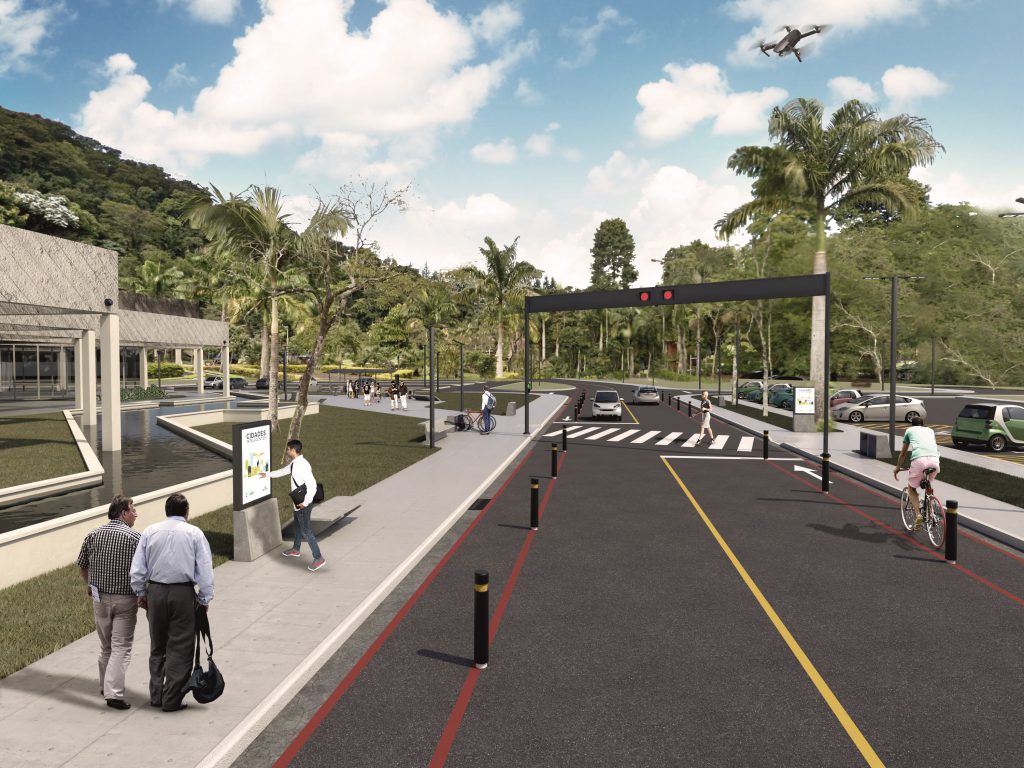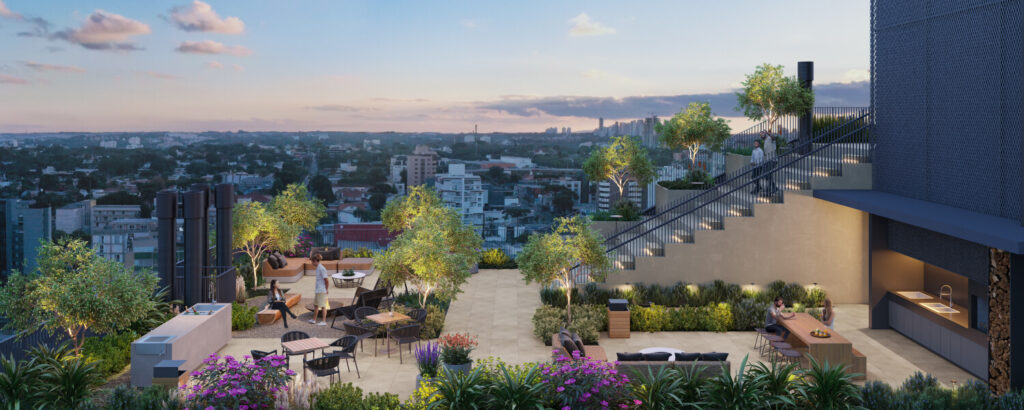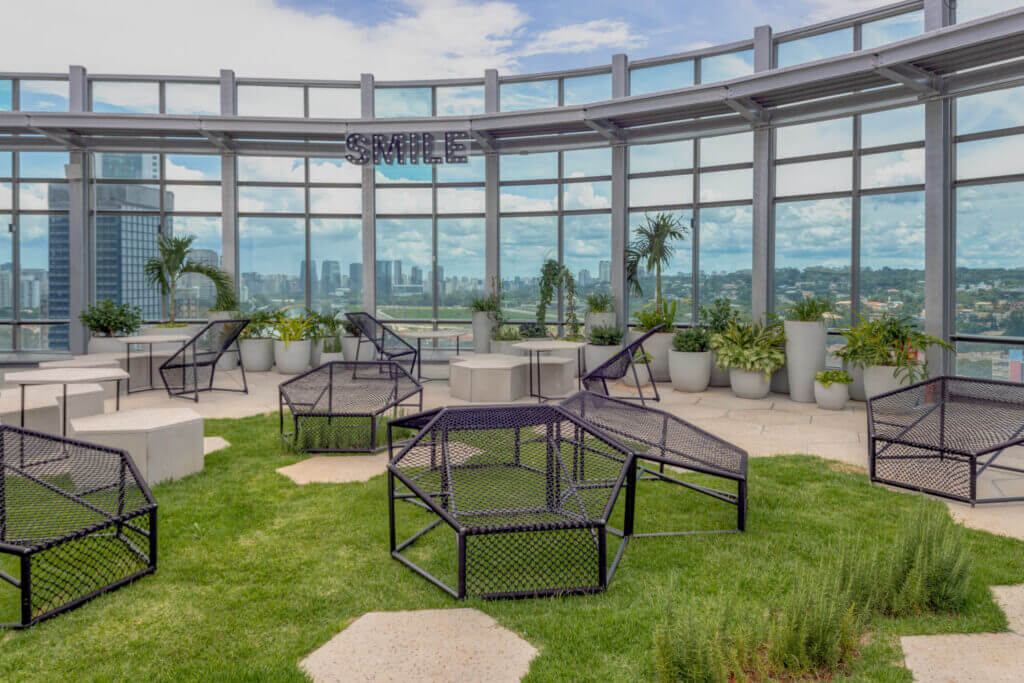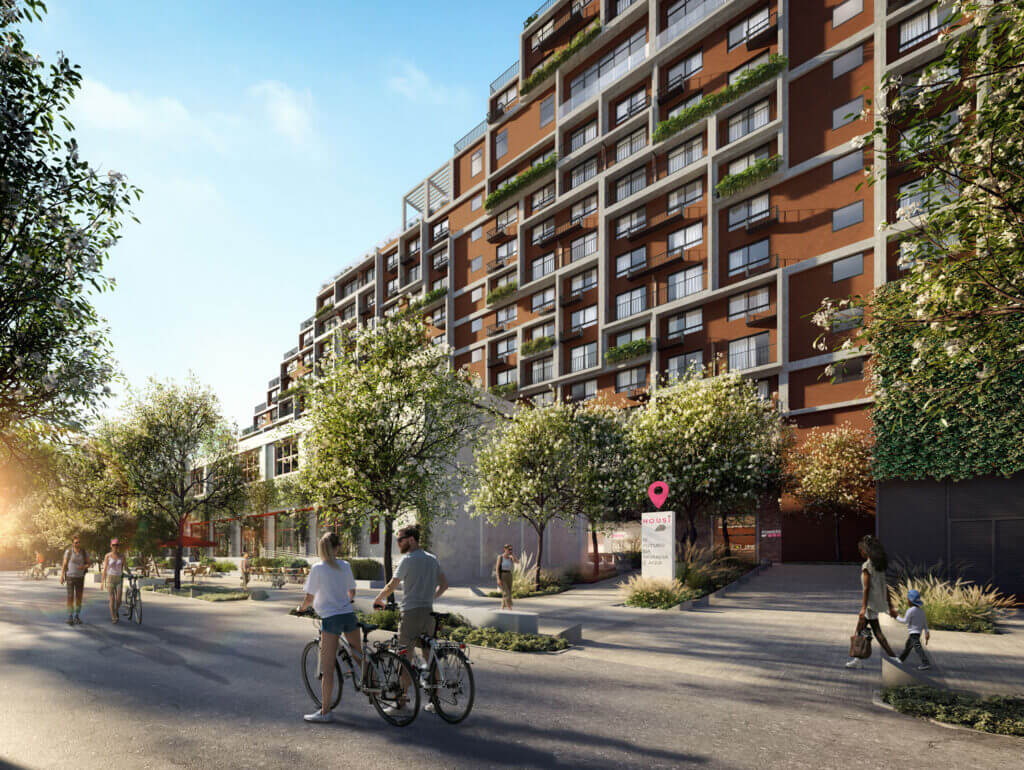Sustainability is the art of making services and products with good quality and functionality, making the most of resources and reducing waste. In architecture, this is done through the sustainable projects, which combine sophistication and protection of the environment as a way of reducing negative impacts on nature and improving people's quality of life.
Continue a leitura e saiba mais sobre a sustainable architecture e seus benefícios!
What is sustainable architecture?
Sustainable architecture is the segment dedicated to the creation and execution of projects that have a reduced environmental impact. The developments are built with a focus on efficiency and the extreme use of resources, eliminating as much waste as possible.
Sustainable architecture projects help keep the world “healthy”, since civil construction is one of the main responsible for the use of energy, emission of polluting gases and allocation of solid waste in landfills.
Dessa forma, o foco desse segmento é manter o conforto e a funcionalidade dos empreendimentos, mas, ao mesmo tempo, projetá-lo de acordo com boas práticas sustentáveis para que ele não gere danos significativos ao meio ambiente.
Conheça também sobre a arquitetura paisagística
What are the benefits of sustainable architecture?
See the main advantages of sustainable architecture projects:
Health
A sustainable architecture project has the amount of pollution in the atmosphere reduced when compared to traditional projects. This contributes positively to the health of workers, individuals who live in the vicinity of the construction and the general population.
Efficiency
Esse tipo de projeto também é muito conhecido pela eficiência na utilização de recursos. Na arquitetura sustentável há um foco muito grande no aproveitamento energético e hídrico, reduzindo desperdícios e colaborando para que os custos também sejam reduzidos ao final da obra.
Waste
Sustainable architecture is concerned with the generation and allocation of solid waste. The main projects in the area reuse the waste generated in the work and also create sustainable solutions for the occupants of the site – as is the case of dry toilets, which direct waste to fertilize vegetable gardens, for example.
Preservation
Finally, it is important to highlight that sustainable architecture is very positive for environmental preservation, as it focuses on the use of areas that favor the quality of life of individuals and, at the same time, that do not harm the green areas of cities.
How is sustainable architecture done?
To do sustainable architecture, first of all, it is important to have knowledge about the subject. This can be proven with environmental certifications, such as Leadership in Energy and Environmental Design (LEED), for example, which uses criteria such as location, sustainable space, innovation and efficiency to certify or not buildings as sustainable.
Furthermore, it is important that both the project and its execution follow the same line of sustainability. It is necessary to train the construction team to use energy, water resources and building materials in the best possible way and with maximum use.
Did you like the content? Then continue on the Plantar Ideias website and learn about our projects!
Check also: Design sustentável





